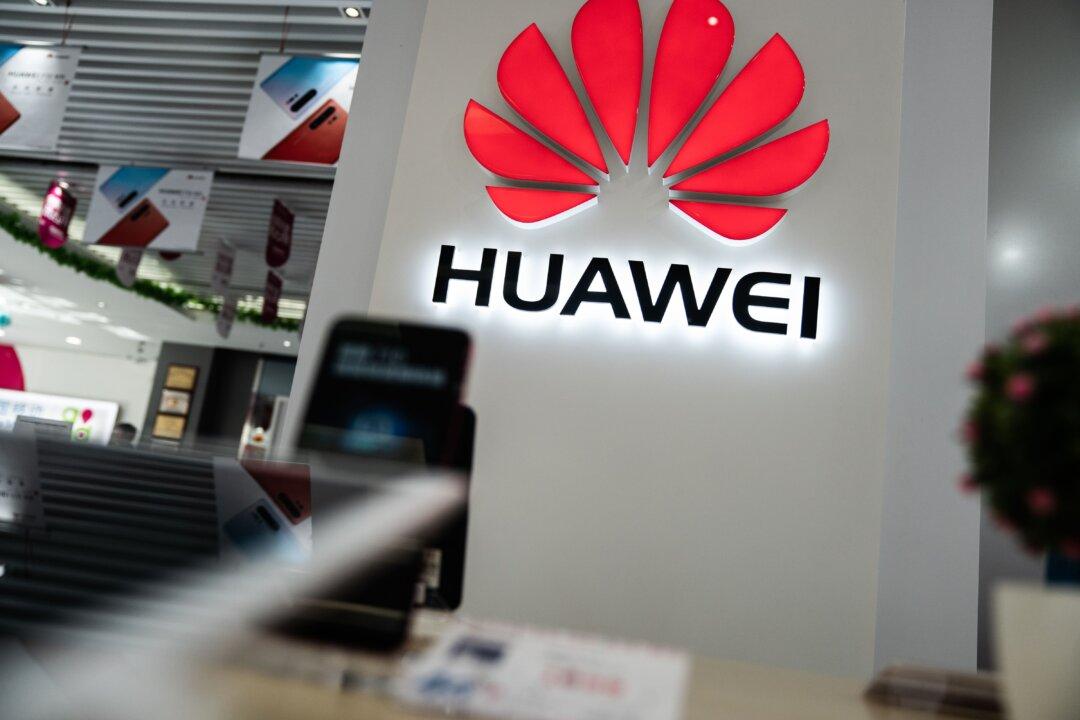Following Western government accusations that the close relationship between Chinese telecom giant Huawei and the Chinese military makes it likely that the former would be used by Beijing for spying purposes, the company has consistently claimed that it has no such ties.
But more evidence has been uncovered showing how Huawei was able to gain domestic business and overseas markets through state support. These connections have in fact been widely reported by Chinese state-run media.





